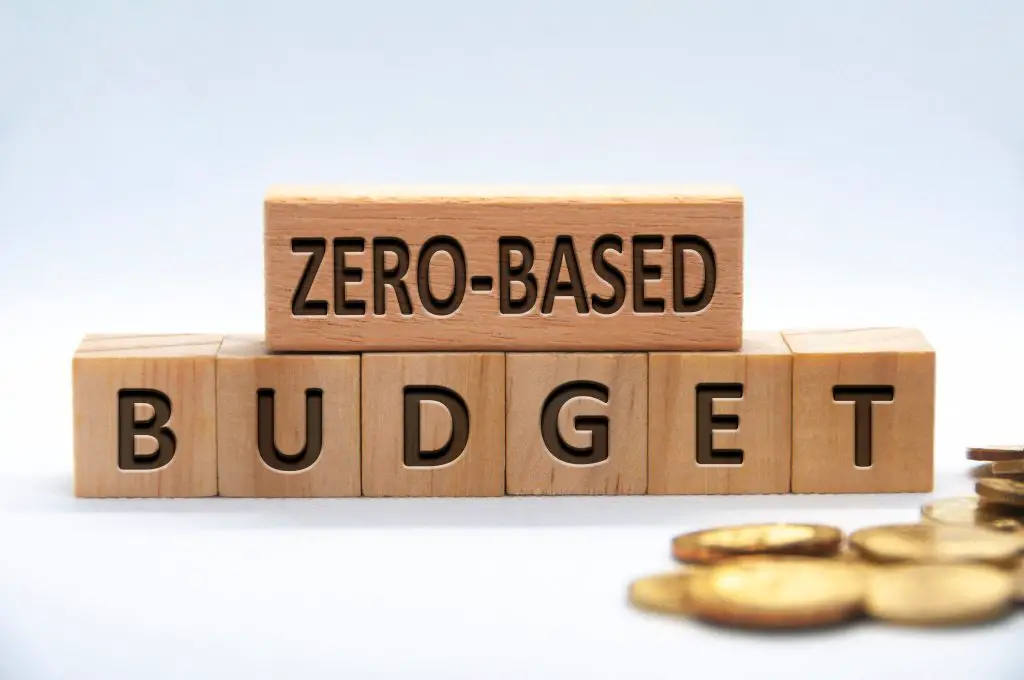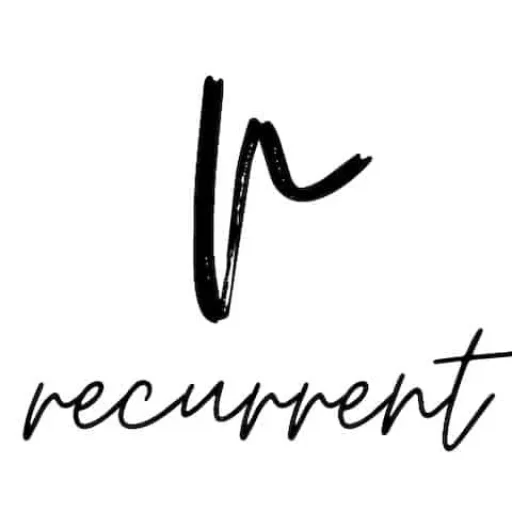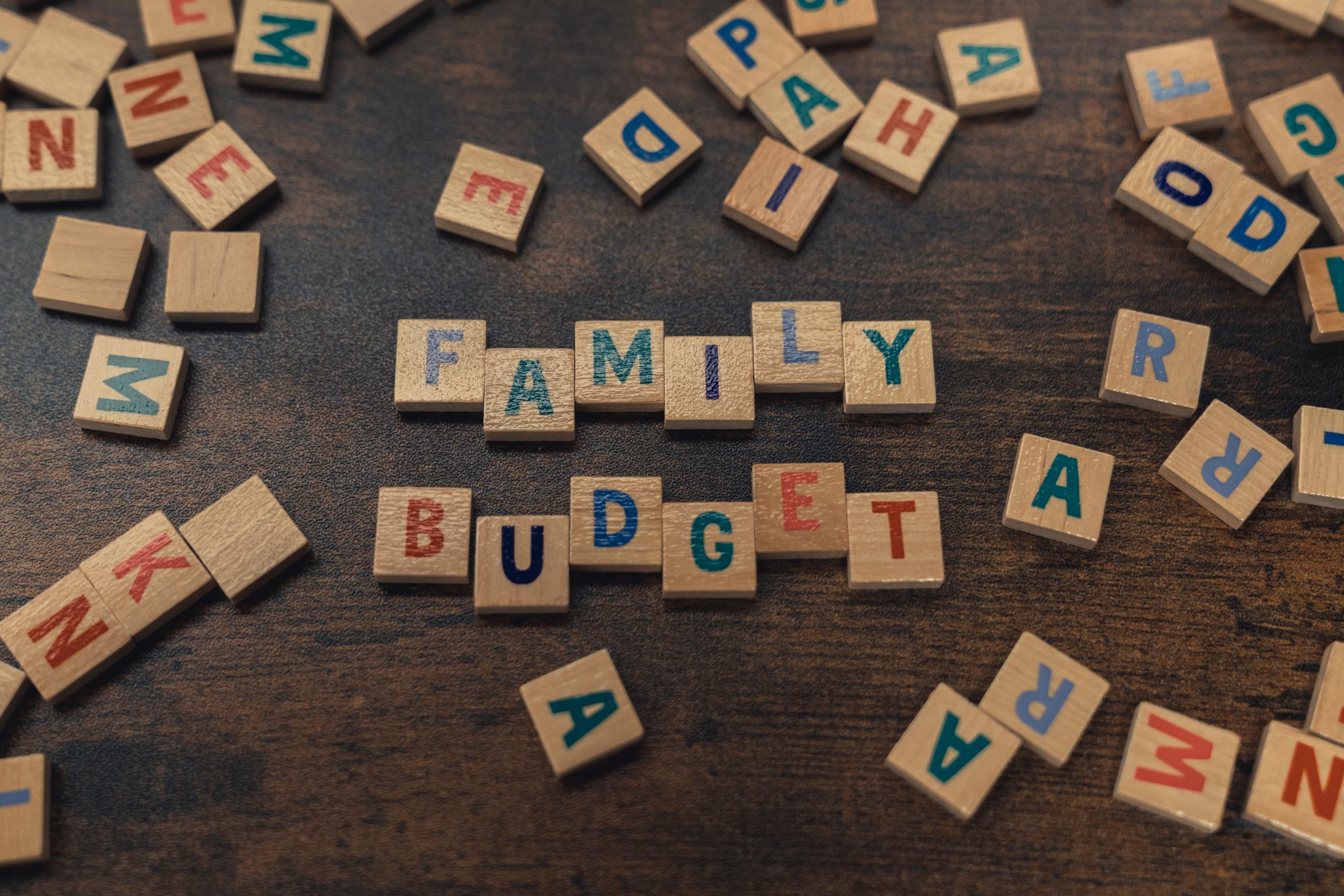What are the best methods for beginners to budget?
One of the best ways to get your finances in order is by budgeting your money. But with so many different budgeting methods out there, it can be tough to know which one to use. Fortunately, this article will outline the three best budgeting methods for beginners, so you can start managing your money with confidence.
In this article, you will explore the Envelope Method, the 50/30/20 Method, and the Zero-Based Budgeting Method. I’ll explain how each method works and provide examples of how you can use them. I’ll also discuss the pros and cons of each method and help you determine which one might be best for your financial needs and goals.
But budgeting isn’t just about picking a method and sticking to it. I’ll also share some tips for successful budgeting, including how to stay motivated, track your progress, and make adjustments as needed. By the end of this article, you’ll be ready to start budgeting your money like a pro and taking control of your finances.

The Envelope Method
The envelope method is a simple and effective budgeting system that requires you to divide your money into different categories and put cash in envelopes labelled with each category. Here’s how it works:
Step 1: Identify Your Categories
The first step is to identify your monthly expenses and divide them into categories. For example, you might have categories for groceries , transportation, entertainment, and clothing. You can customize the categories according to your needs.
Step 2: Allocate Your Budget
Next, you need to determine how much money you want to allocate to each category. You should base this on your income and expenses. For example, if your monthly income is $3,000 and your fixed expenses (rent, utilities, etc.) total $1,500, you can allocate the remaining $1,500 to your categories.
Step 3: Fill Your Envelopes
Once you have allocated your budget to each category, you need to withdraw cash from your bank account and put the appropriate amount of cash in each envelope. For example, if your grocery budget is $300, you would put $300 in the envelope labelled “groceries”.
Step 4: Spend Mindfully
When you go shopping, you should only take the envelope for the corresponding category and spend the money in the envelope. This helps you avoid overspending in one category and helps you avoid tapping into another category.
Pros of the Envelope Method
- Helps you avoid overspending
- Easy to set up and maintain
- Helps you prioritize your spending
Cons of the Envelope Method
- You have to carry cash for certain categories
- May not be suitable for those who prefer a digital method of budgeting
Overall, the envelope method is a great way to take control of your finances and avoid overspending. It’s particularly beneficial for those who find it hard to stick to a budget. Give it a try!

The Zero-Based Budgeting Method
The zero-based budgeting method is a more hands-on approach to budgeting that involves tracking every penny you spend. Here’s how it works:
Create a List of Monthly Expenses
Make a list of all your monthly expenses, including things like rent/mortgage, utilities, groceries, gas, and entertainment. Be sure to include both fixed expenses (like rent) and variable expenses (like groceries).
Assign Every Dollar a Job
Unlike the 50/20/30 method, which allows for some flexibility within spending categories, the zero-based budgeting method requires you to give every dollar a specific “job.” Determine how much you will allocate to each expense category, and make sure your total budget equals your total income.
Track Your Spending
Keep track of every expense throughout the month, whether you pay for it with cash, credit, or debit. For example, if you buy a coffee for $2.50, write it down.
Revise Your Budget as Necessary
If you overspend in one category, you will need to adjust your budget accordingly. Take money away from another category, or try to cut back on expenses altogether.
Pros and Cons of the Zero-Based Budgeting Method
Like any budgeting method, the zero-based budgeting method has both advantages and disadvantages. Here are a few things to consider:
Pros:
- Provides a clear view of where your money is going
- Helps you prioritize your spending
- Encourages you to track expenses
Cons:
- Requires a lot of time and effort to set up and maintain
- May not be feasible for people with irregular income or expenses
- Can be restrictive and difficult to stick to

The 50/30/20 Budgeting Method
The 50/30/20 is a budgeting method that is intended to take out all the calculations involved with trying to cobble a budget together. It simply involves just three calculations: allocating 50% of your income to essentials, 30% to discretionary spending, and 20% to savings or debt repayment.
Simply calculate your total income for the month and then multiply it by 50% to work out all your needs based expenses (utilities, rent, groceries, clothing); then multiply your total income by 30% to work out your discretionary spending and finally multiply your total income by 20% to work out the amount to allocate to debt repayments (credit card, mortgage).
The Pros and Cons of 50/30/20 Budgeting Method
Pros:
- Simplicity : This method is straightforward to understand and implement. It only requires you to categorize your expenses into three broad categories: needs, wants, and savings or debt repayments.
- Balance : By allocating your income into essentials, discretionary spending, and savings, this budgeting rule encourages a balanced approach to personal finance. It helps ensure that you’re covering your necessities, while also leaving room for enjoyment and future financial security.
- Flexibility : The categories in the 50/30/20 rule are quite broad, which allows for flexibility. For instance, what one person might classify as a “want”, another person might view as a “need”. This flexibility allows you to tailor your budget to your personal circumstances and preferences.
- Promotes Savings and Debt Reduction : By designating 20% of your income towards savings or debt repayment, the 50/30/20 rule helps ensure that these important areas of financial health are not neglected. This is particularly beneficial for those who might otherwise find it hard to save or pay down debt without a clear guideline.
- Adaptability : This method can be adapted to fit different income levels and lifestyles. Whether you’re earning a lot or a little, you can apply the same percentage-based framework to manage your money.
- Automatic Checks and Balances : If you’re spending over 50% on needs or over 30% on wants, it will quickly become evident that adjustments need to be made, making it a good self-check mechanism.
- Reduced Stress : By having a clear plan in place for your income, the 50/30/20 method can help reduce financial stress and uncertainty.
Cons:
- Lack of Specificity : While the simplicity of the 50/30/20 rule can be beneficial, it can also be a disadvantage for those who need more detailed budgeting. It doesn’t account for individual budget categories (like clothing, entertainment, transportation, etc.), which can make it hard to identify specific areas where you might be overspending.
- Doesn’t Fit All Financial Situations : For individuals with a lower income, high cost of living, or high amounts of debt, the 50/30/20 rule might not be realistic. For example, 50% of a low income might not cover basic needs in an expensive city. Similarly, individuals with significant debt may need to dedicate more than 20% of their income towards debt repayment.
- Potentially Inadequate Savings : Depending on your financial goals and age, dedicating only 20% of your income to savings might not be enough. For example, if you’re trying to catch up on retirement savings or save for a large goal like a down payment on a home, you might need to save more aggressively.
- Can Encourage Overspending : If you take the 30% for wants as a target rather than a limit, it might lead to unnecessary spending. If you don’t have a specific need or desire, you don’t need to spend that 30% just because it’s allocated in the budget.
- Rigid Categorization : There can be some gray areas between “needs” and “wants.” For instance, a car could be a “need” if you live in a rural area but a “want” if you live in a city with good public transportation. The 50/30/20 rule doesn’t account for these nuances.
Which Method is Right for You?
Every person’s financial situation and needs are unique. While the three budgeting methods presented in this article are all effective tools, it’s essential to choose the one that best suits your personal goals and lifestyle. Consider the following factors when deciding which method to use:
Financial Goals
Think about what you want to achieve with your budget. Are you saving for a specific purchase, paying off debt, preparing for retirement, or building an emergency fund? Some budgeting methods are better suited for long-term financial goals, while others may be more useful for short-term objectives.
Lifestyle and Spending Habits
Your budget should be tailored to your spending habits and lifestyle. For instance, if you enjoy eating out regularly, a budgeting method that restricts eating out may not be a good fit. Alternatively, if you frequently use credit cards and have difficulty keeping track of your purchases, a cash-based budgeting system may be more appropriate.
Comfort Level with Complexity
Some budgeting methods are more complex than others. If you’re comfortable working with spreadsheets and tracking detailed information, a more intricate method like zero-based budgeting may work well. However, if the idea of tracking every cent is overwhelming, a simpler method like the 50/30/20 rule may be better suited.
Financial Literacy
Your level of financial literacy may also play a role in determining which budgeting method you should choose. If you’re not familiar with financial terms and concepts, a budgeting method that involves complicated formulas and calculations may be confusing. Consider starting with a more straightforward method and building your knowledge as you go.
Keep in mind that while you can switch between budgeting methods at any time, it’s best to give a method an adequate amount of time before deciding if it’s not working for you. Regardless of which method you choose, consistency and dedication will be the keys to success.
Tips for Successful Budgeting
Regardless of which budgeting method you choose, there are some general tips that can help you stay on track and achieve your financial goals.
1. Set Realistic Goals
It’s important to set realistic goals when creating a budget. If you set goals that are too lofty, you might become discouraged when you’re not able to achieve them. Start small and build up from there. Remember to celebrate your successes along the way.
2. Take Advantage of Technology
There are many tools that can help you with budgeting, including apps, spreadsheets, and online tools. Find the tool that works best for you and use it consistently to track your spending and progress.
3. Prioritise Your Spending
When creating a budget, it’s important to prioritise your spending. Allocate funds to your necessary expenses (such as housing, food, and transportation) before allocating funds to discretionary expenses. This will help ensure that you take care of your needs before you take care of your wants.
4. Be Flexible
Remember that life can be unpredictable, and your budget may need to change from time to time. Be flexible and adjust your budget as needed. The important thing is to stay focused on your goals and stick to your plan as much as possible.
5. Involve Your Family
If you have a family, it’s important to involve them in the budgeting process. This will help ensure that everyone is on the same page and working toward the same goals. It can also help your children develop healthy financial habits from a young age.
6. Stay Motivated
Budgeting can be challenging at times, but it’s important to stay motivated and keep your eye on the prize. Try to visualise your financial goals and the positive impact they will have on your life. Remember that every small step you take is bringing you closer to your ultimate goal.
Summary
In this article, you have seen three different budgeting methods that can help you manage your finances. The envelope method involves putting cash into envelopes dedicated towards specific expenses. This method can help you avoid overspending, but might not be ideal if you prefer not to use cash or have more complex financial needs.
The 50/30/20 method involves allocating 50% of your income to essentials, 30% to discretionary spending, and 20% to savings or debt repayment. This approach is flexible and can be adjusted to fit your lifestyle, but may not work if your financial situation is more complicated.
The zero-based budgeting method requires you to account for every dollar you earn and spend, which can help you identify areas where you can cut back and prioritise your spending. However, this method may be more time-consuming than the others.
Ultimately, the best budgeting method for you is the one that fits your unique financial needs and goals. We provided some general budgeting tips for success, such as setting realistic goals, tracking your spending, and being flexible. By taking the time to budget and manage your finances, you can achieve financial stability and freedom.

